We know that the Swiss country is made of cantons. But just how many of them are there? And what does being a canton even mean?
What Is a Canton?
Historically, each canton had its own army and money. That changed in 1848 when Switzerland came out of civil war and switched to the federal structure it has now. This means that each canton now has its own government, laws, and constitution. There are 20 cantons and six half cantons in this country. The difference between half cantons and full cantons lies in the belonging seats inside the Council of States. Half cantons only get one, while normal cantons get two seats.
26 Swiss Cantons
1. The Canton of Zurich
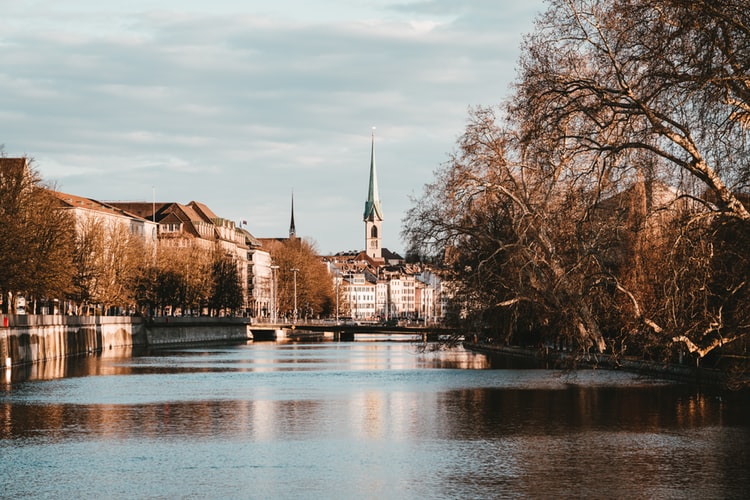
You may know Zurich as an international metropolis, but it also happens to be the largest canton of Switzerland. Its population consists of approximately 1.463.000 people, and this canton is located in the Swiss Central Plateau, with Lake Zurich being the biggest lake in its territory. Zurich’s ‘home mountain’ provides panoramic views across Switzerland’s largest city and its lake, with a vibrant nightlife and cultural scene attracting tourists around the world.
2. The Canton of Berne
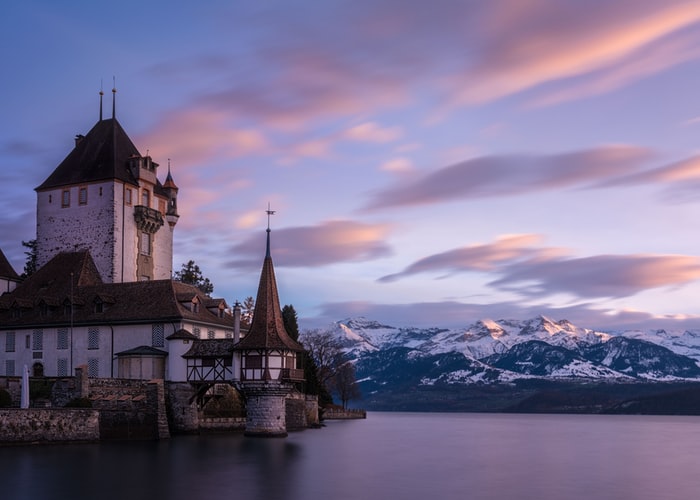
Legends say this canton was named after the first animal that was killed in the nearby forests, from the founder of the canton itself, Duke Brechtold V. von Zähringen. Whatever the legend is, Berne is home to a large cultural heritage. The most populated area of the canton is the city of Berne, which is also the capital of Switzerland. Except for being the economic center of the canton, the city of Berne also holds the Swiss Parliament, situated in the Federal Palace. Above all, Berne has a dreamlike landscape with its highest mountain being the Finsteraarhorn.
3. The Canton of Lucerne
You might’ve heard about Lucerne, the city, because of its magnificent shores of Lake Lucerne, and sights of mounts Pilatus and Rigi. However, Lucerne is a whole German-speaking canton, considered as a magnet for international tourists from all over the world. The famous Chapel Bridge dating from the 14th century is one of its most famous landmarks. The capital, Lucerne, features a colorful and picturesque old town and 14th-century city walls, plus covered bridges, including the iconic Kapellbrücke with its 17th-century art. Its population density number in 2018 was 406,506, and statistics show that this number is only increasing.
4. The Canton of Uri
The Canton of Uri is situated in Central Switzerland, between the Lake of Lucerne and the Gotthard Pass. Its most popular city is the capital city, Altdorf. Uri has a population of 36,000, with most people living in the lower Reuss plateau, since the other half of Uri canton is mostly a mountainous area. This canton is of great importance due to the fact that it was one of the founding cantons of the Swiss federation. It’s considered the place where the pursuit of independence started. That’s why on August 1st, on the Swiss National Day, the oath of Rutlischwur is commemorated.
5. The Canton of Schwyz
Just another canton that shares its name with its capital city. Typical! The Schwyz is located in Central Switzerland, between the lakes of Zurich and Lucerne. It’s considered to be part of the Swiss Prealps. Its importance is evident, considering that Switzerland’s name derives from it, and the flag of Switzerland as well. The Bös Fulen at 2801 m is the highest point in Schwyz.
6. The Canton of Obwalden
Obwalden has a population of 37,841. As of 2010, 12.9% of the people are resident foreign nationals. Most of the population (as of 2000) speaks German as their first language, whereas Albanian is the second most common. Obwalden is considered a half canton, and it is located in the Sarner Valley in Central Switzerland. Lakes in the canton include parts of Lake Lucerne, Lake Sarnen, Lake Lungern, Wichelsee, Tannensee, and Melchsee.
7. The Canton of Nidwalden
This canton is also one of the three original cantons of the Swiss Confederation. One thing you should know is that Nidwalden is home to the Stanserhorn Cabrio, the world’s first open-top, double-decker cable car. If there, you can enjoy a fantastic 260-degree view from the top deck as you travel up the Stanserhorn mountain. Other than that, Nidwalden offers a wide variety of different outdoor sports activities such as rafting, kayaking, and paragliding.
8. The Canton of Glarus
The canton of Glarus, also canton of Glaris, is a canton in east central Switzerland. The capital is Glarus, which has the highest population number in the canton. The population speaks a variety of Alemannic German. What makes Glarus so attractive to tourists is its mild climate in the valley and its alpine climate in the mountains. Its territory covers the Linth, the Linth Plateau, and Walensee.
9. The Zug Canton
Zug is a canton with a population of approximately 122’000. It is known as one of the smallest yet richest cantons in Switzerland. The canton is situated between the Prealps and the Swiss Central Plateau. What tourists love to do here is to cruise on Lake Zug, which is Switzerland’s tenth largest lake and lies in Central Switzerland.
10. The Canton of Fribourg
This canton belongs in the Romandy area of the Swiss country (the French-speaking part of Switzerland). This region is worldwide known for the delicious cheese they make. The canton is bilingual, with French spoken by two-thirds of the citizens and German by about one third. Its capital city is Fribourg. The western and northern parts of the canton belong to the Swiss Plateau and the southern part to the Swiss Prealps.
11. The Canton of Solothurn
The canton of Solothurn belongs to the Espace Mittelland region and is in the German part of Switzerland. This canton is considered to be a hotspot of medical technology. As a pioneer in the field, the Canton of Solothurn has easy access to the know-how in fine-mechanics and handwork of the Swiss watch industry. The city of Solothurn is the capital of the canton and regarded as the most elegant Baroque town in Switzerland. If you’re a coffee-lover, then you should visit the Jura coffee museum. You will gain wonderful insights on how coffee is made and how coffee machines work.
12. The Canton of Basel-Stadt
Basel is generally known as Switzerland’s cultural capital. This, because of the large number of museums and the variety of cultural events that this city hosts. That’s why the city is also on UNESCO’s cultural heritage list. This canton is one of the smallest, yet the most densely populated canton of Switzerland. Its population consists of 197.000 habitants. The biggest benefit? Basel borders on Germany as well as in France. This unique location allows visitors to get from one country to another with public transport quickly.
13. The Canton of Basel-Landschaft
The canton of Basel-Landschaft shares its borders with the Swiss cantons of Basel-Stadt, Solothurn, Jura, Aargau, and with the French région of Grand Est and the German state of Baden-Württemberg. It belongs to the German-speaking part of Switzerland, with Allschwil as the city with the largest population but with Liestal as its capital. This region is well known for numerous fortresses, castles, and hiking trails.
14. The Canton of Schaffhausen
The canton of Schaffhausen is home to the second-largest waterfall in Europe – the Rhine Falls. Its mesmerizing height of 23m is most certainly worth a visit. Schaffhausen is the northernmost canton of Switzerland. Its population is approximately 79’000. The canton of Schaffhausen is bordered by the Swiss cantons of Zurich and Thurgau, as well as the German districts of Waldshut, Schwarzwald-Baar-Kreis, and Konstanz, Baden-Württemberg.
15. The Canton of Appenzell-Ausserrhoden
The canton of Appenzell Ausserrhoden offers unique sights and stunning natural beauty, with mountain landscapes that are guaranteed to amaze any tourist. The canton borders St. Gallen and Appenzell-Innerrhoden. It is mainly agricultural with 12.000 ha of farmland and Santis is its highest peak. 54.000 people call this canton their home.
16. The Canton of Appenzell-Innerrhoden
 Appenzell-Innerrhoden has a population of 16’000, and it is a German-speaking canton. Its most populated town is the capital, Appenzell. The canton is area-wise nearly as small as Basel-Stadt, and half of that is used for agriculture. This region is well known for its rural customs or traditions, such as the ceremonial descent of the cattle in autumn and cultural events such as folk music and rustic dances.
Appenzell-Innerrhoden has a population of 16’000, and it is a German-speaking canton. Its most populated town is the capital, Appenzell. The canton is area-wise nearly as small as Basel-Stadt, and half of that is used for agriculture. This region is well known for its rural customs or traditions, such as the ceremonial descent of the cattle in autumn and cultural events such as folk music and rustic dances.
17. The Canton of St.Gallen
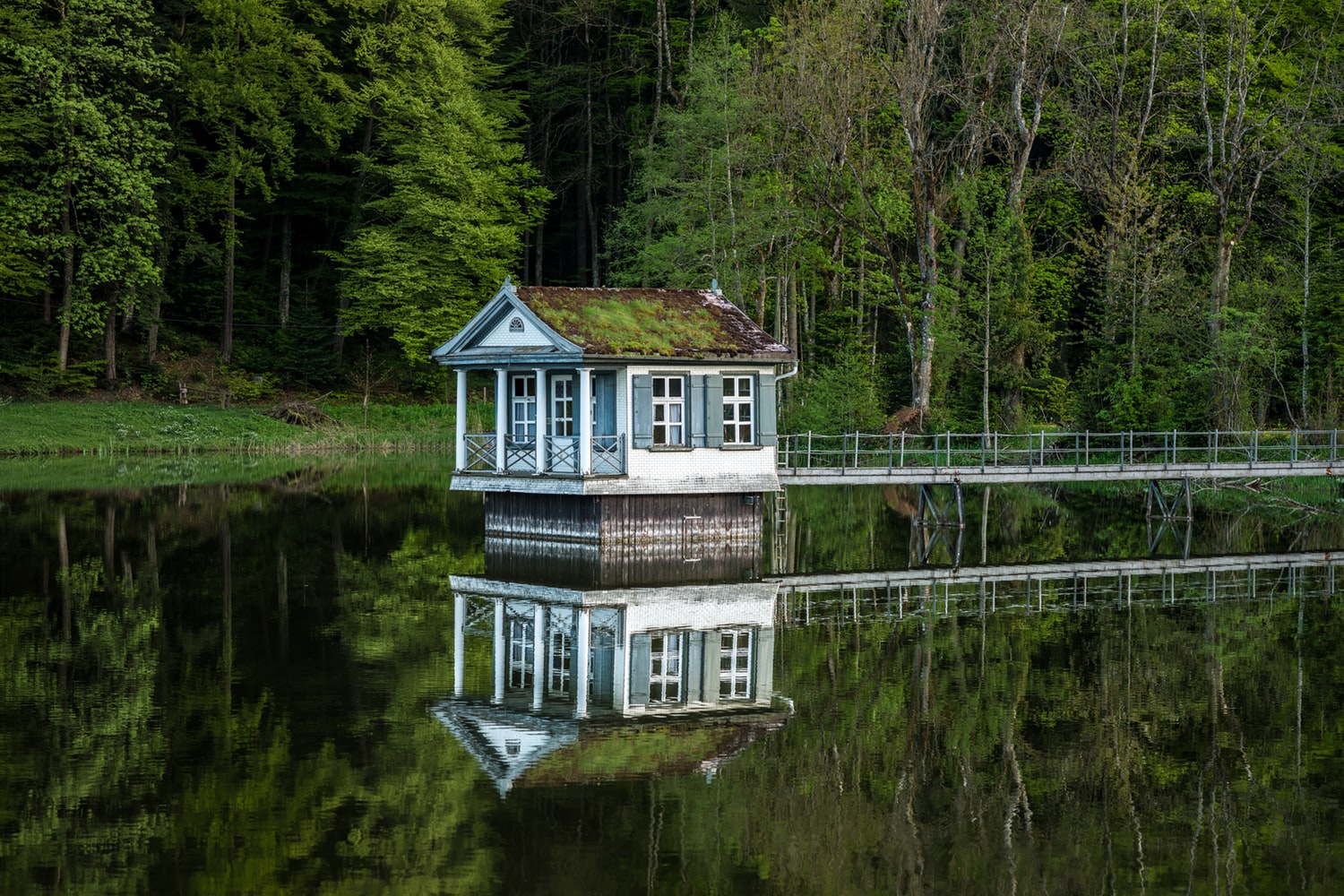
This culturally rich canton is surrounded by Lake Constance in the north, Vorarlberg in Austria and Liechtenstein in the eastern borders. Its capital is the city of St.Gallen, which you may know as an economic and cultural center of Eastern Switzerland, also a lively industrial and university town. It’s most famous landmark is its Baroque cathedral with the Abbey Library, which was declared a UNESCO world heritage site in 1983.
18. The Canton of Graubünden
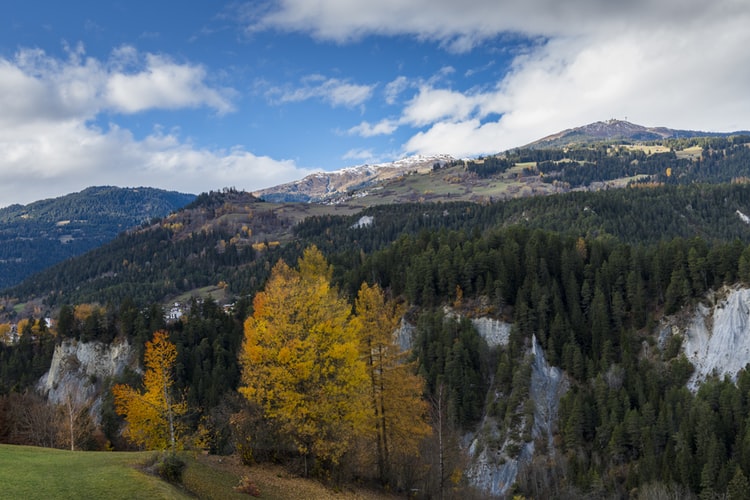
This canton in eastern Switzerland is widely known for its dramatic Alpine scenery and winter sports. First, the city St. Moritz in this region is an upscale resort town and Winter Olympics host which offers ski runs, an outdoor ice rink and ski jumping. Second, Davos is home to the annual World Economic Forum, also famous for skiing and hiking. The canton is in the Eastern Switzerland region. Its capital city is Chur, which is the largest town in the canton. Graubünden is area-wise the largest canton in Switzerland with over 600 lakes, 150 valleys, and over 900 mountain peaks in the canton.
19. The Canton of Aargau

This canton is named after the Aare river in Switzerland. Its capital and the densest city is the town of Aarau. What characterizes this canton are the numerous mountains in the north of Aargau and many castles such as the Lenzburg, the Hallwyl Water Castle, and the Habsburg Castle. 645.000 people currently live in the beautiful canton of Aargau.
20. The Canton of Thurgau
The Canton of Thurgau is situated in the northeastern part of Switzerland. It is bordered by Lake Constance, the Rhine River and Germany to the north, so you can understand that you won’t be disappointed with the views if you are to visit. The name Thurgau derives from Thur river, which crosses the canton. The most picturesque city to visit in this canton is the town of Kreuzlingen, which marks the beginning of a lakeside road through towns full of half-timbered houses, such as Gottlieben, Steckborn and Berlingen.
21. The Canton of Ticino
If you ever feel like getting a taste of Italy in Switzerland, then the Canton of Ticino should definitely be your top destination. This canton is the only entirely Italian speaking canton in the south of the Swiss country. Except for the language, you can see how Italian culture reflects in the canton’s architecture, traditions, and culinary choices. Its capital city is Bellinzona; however, the city of Lugano has the highest population. Ticino is south of the Alps and almost completely surrounded by Italy. Lago Maggiore and Lake of Lugano are the most important tourist attractions in the region.
22. The Canton of Vaud
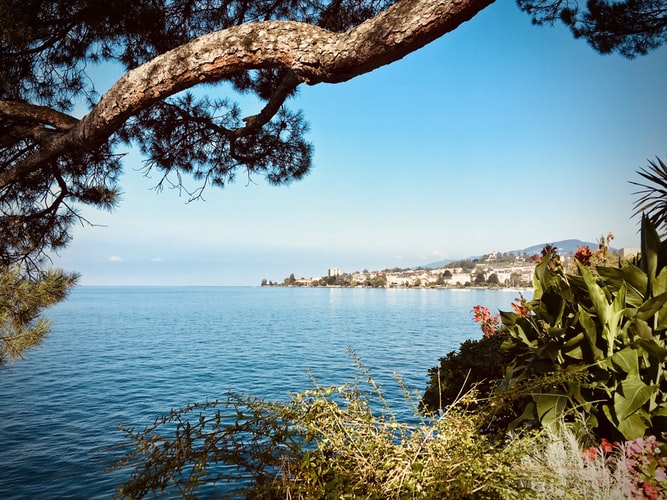
Vaud is a mountainous district situated in the Romandy, western Switzerland. It belongs to the French-speaking part of the Swiss country, considering that it is bordered by Lake Geneva to the south and France to the west. The highest peak of the canton is Les Diablerets, reaching a height of 3’2010 m. Evidently, lake Geneva makes this canton a gravity point for tourists, with its beautiful views and great waters to dive in. But some credit also goes to the Lavaux vineyard terrace with 800 hectares, considered the biggest vineyard region in Switzerland. Or if you’re a jazz lover, you should visit Montreux in July and become amazed by the energy that flows during the yearly Jazz festival.
23. The Canton of Valais
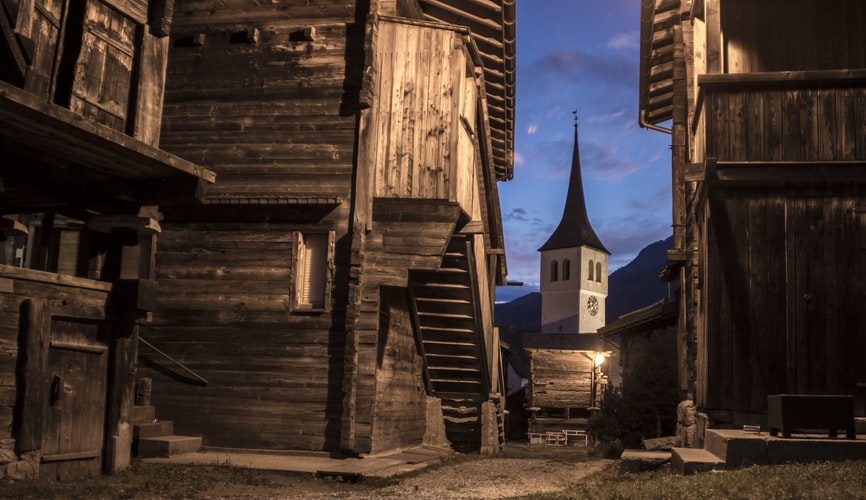
The canton of Valais is both a German-speaking canton and a French-speaking one. It belongs to the southwestern part of Switzerland, in the Alpine region. It’s characterized by vast mountains that reach over 4000 m height, with the most famous top being the Matterhorn, 4’478 m, in Zermatt. All the beautiful panoramic views of wine, fondue, and winter are most certainly enjoyed best in the canton of Valais.
24. The Canton of Neuchatel
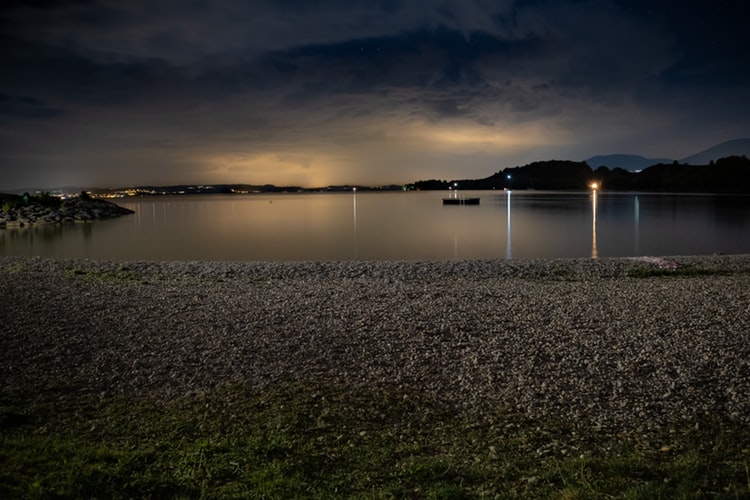
The Canton of Neuchatel is a rural, French-speaking canton. The canton is divided into four regions, and it borders France. The largest and most frequented lake of this canton, is The Lake of Neuchatel, which has a long coastline that appeals to so many tourists during the summer. On the shores of the lake, lies Neuchatel, the capital of the canton. Neuchatel’s old town is filled with medieval castles and Gothic churches that belong to the 12th century. This canton’s population reaches the number of approximately 178.000.
25. The Canton of Geneva
The canton of Geneva is considered to be the most cosmopolitan area of the whole of Switzerland. For the most part, this is due to the influence of the city of Geneva, which also happens to be the capital of the canton. Geneva is one of the most important financial centers and a worldwide center for diplomacy due to the presence of the headquarters of many agencies of the United Nationsand the Red Cross. Its landmark, the Jet d’Eau, is a large fountain on the lake. The canton is almost completely surrounded by France and by the Jura mountain range. Thus, it is a French-speaking canton with 484’000 people living in it.
26. Canton of Jura
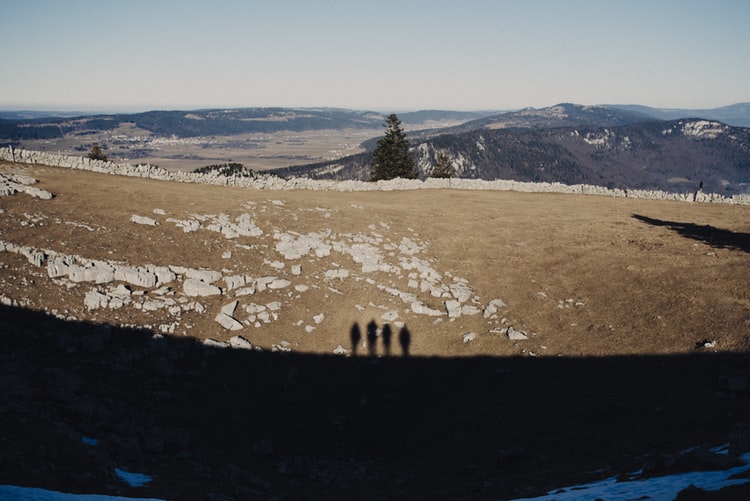
The canton of Jura is Switzerland’s youngest canton, known as a forested canton bordering France both in the West and North. The largest town in the Jura is Delemont. The Trans Swiss Trail is one of its many hiking and cross-country skiing routes. Whereas The Delemont Basin, Clos du Doubs, Ajoie, the hill countries of Movelier, and the Freiberge are all under Jura’s territory. This canton is considered to be a paradise for outdoor activities, whether those be through the foot, bicycle, water, cross country skiing, and snow-shoes. The canton is home to a total population of 72’000.
As you can tell from the beautiful pictures and our short descriptions, the cantons of Switzerland have a lot to offer for its citizens and foreign visitors. Whether you want to simply gaze at its pretty landscapes, hike, or take a swim, that totally depends on your adventurous mood.
FAQs
Q1: What is a canton in the context of Switzerland?
A1: In Switzerland, a canton is a federated state, similar to a province or a state in other countries. Switzerland is a federal republic composed of 26 cantons, each with its own constitution, parliament, government, and court system.
Q2: How many cantons are there in Switzerland?
A2: Switzerland is made up of 26 cantons.
Q3: Are all Swiss cantons the same size?
A3: No, the cantons in Switzerland vary significantly in size. The largest is the canton of Graubünden, while the smallest is the canton of Basel-Stadt.
Q4: Which languages are spoken in the Swiss cantons?
A4: Switzerland has four national languages: German, French, Italian, and Romansh. Different cantons have different predominant languages based on their geographical location and cultural affiliations.
Q5: Do the cantons have their own laws?
A5: Yes, each Swiss canton has its own constitution and sets its own local laws, but they are also subject to federal law. This allows for a degree of autonomy while maintaining national unity.
Q6: What are some of the most popular cantons for tourists in Switzerland?
A6: Some of the most popular cantons for tourists include Bern, Vaud, Zurich, Geneva, and Lucerne, which house attractions such as the Lake Geneva, Swiss Alps, and several historical and cultural landmarks.
Q7: How do the cantons of Switzerland contribute to the Swiss Confederation?
A7: Each canton has a level of autonomy and has its own government and constitution. The cantons contribute to the federal government by sending representatives to the Swiss Federal Assembly. The Swiss Confederation is built on the cooperation and mutual agreement of its cantons.
Q8: Are there economic differences among the Swiss cantons?
A8: Yes, there are significant economic differences among the cantons. Some cantons, like Zurich and Geneva, are known for finance and international diplomacy, while others like Vaud and Valais are known for agriculture and winemaking.
Q9: How are new cantons added to Switzerland?
A9: The process of adding new cantons involves a complex process of negotiation with the existing federation and a series of votes both in the proposed canton and in the rest of Switzerland. The last canton to be added was Jura in 1979.
Q10: What is the significance of the Swiss canton flags?
A10: Each canton has its own unique flag, which is often rich in historical and cultural symbolism. These flags are used at local and national events, and together they represent the diversity and unity of Switzerland.

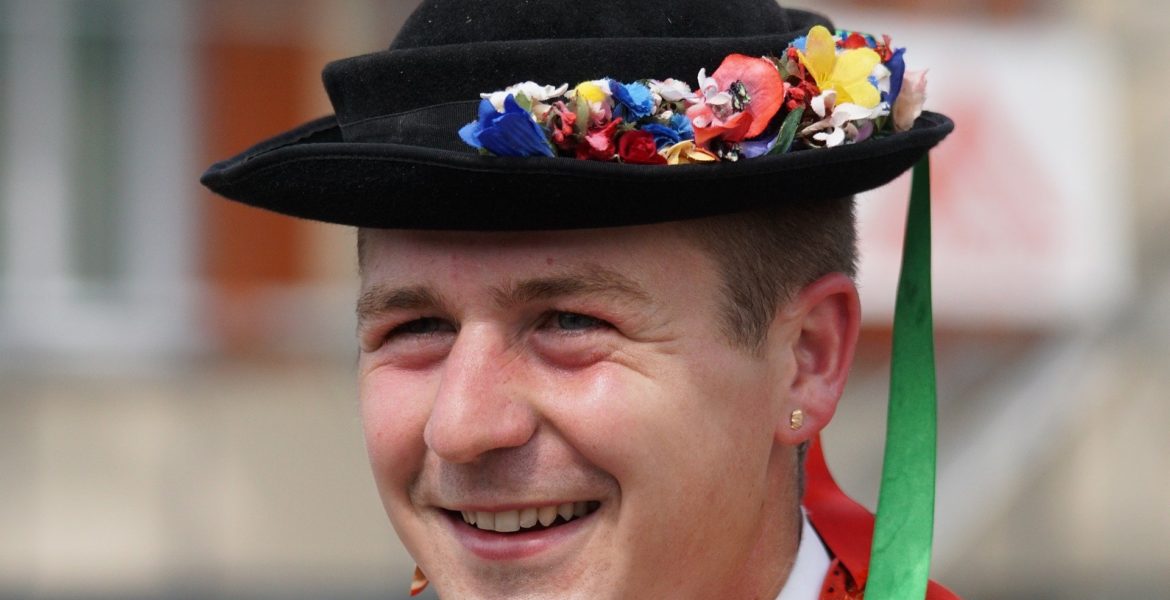
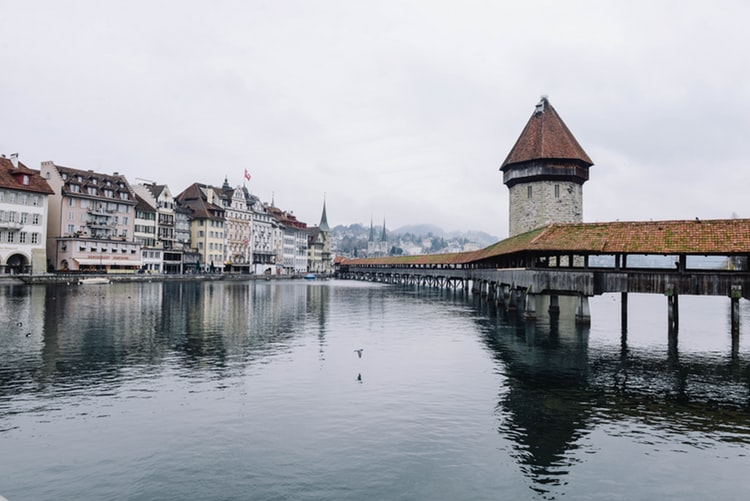
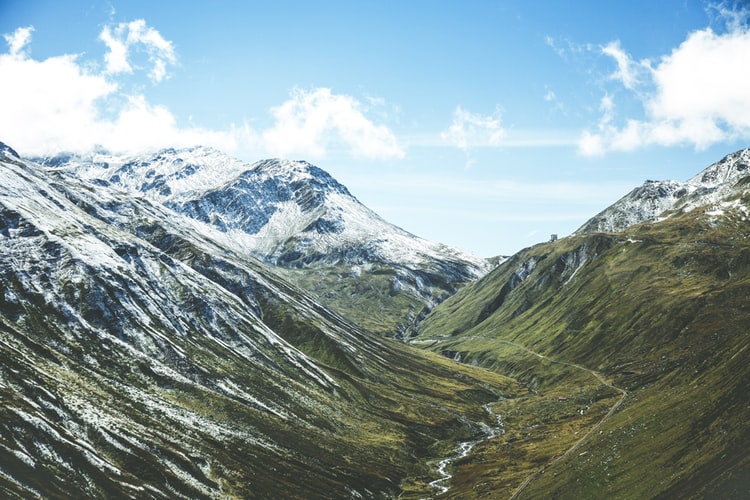

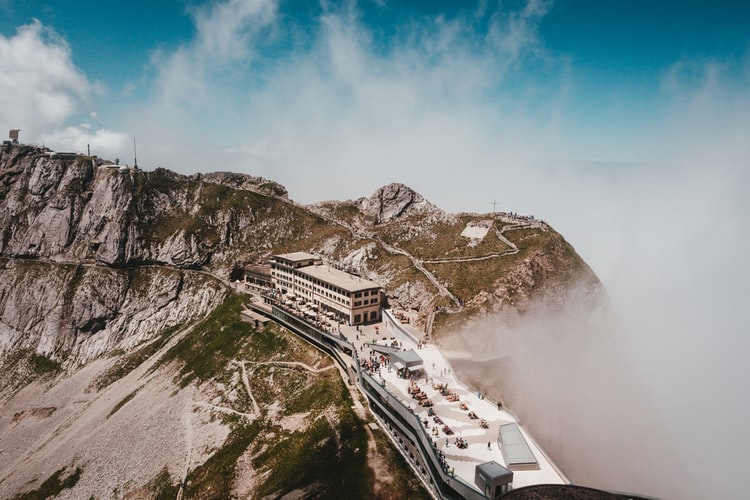
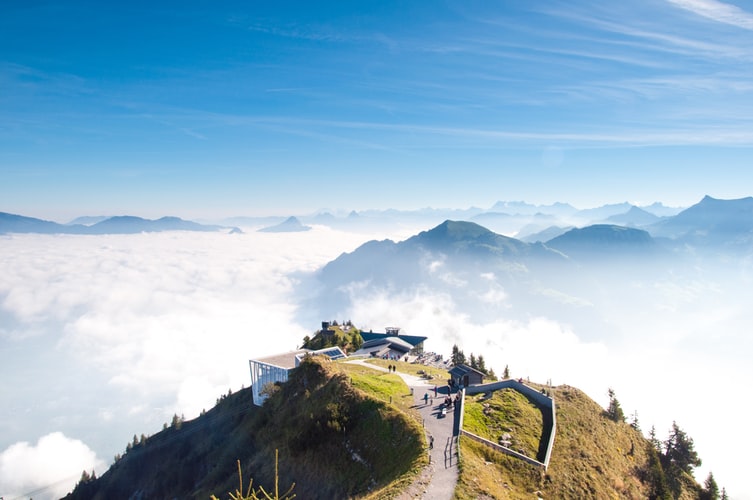
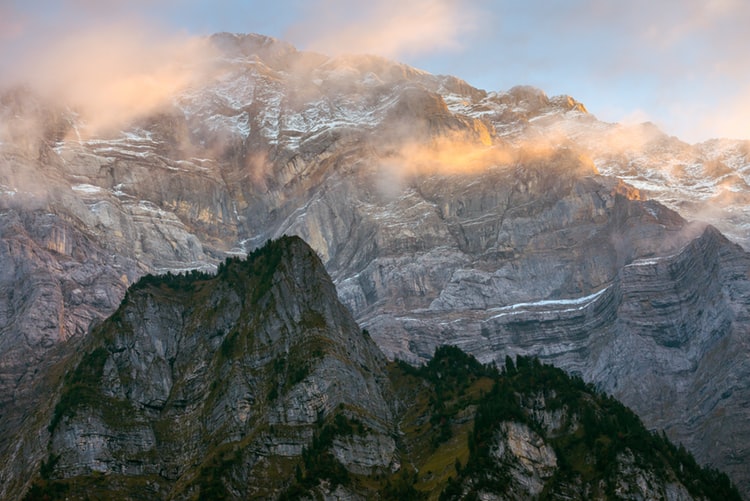

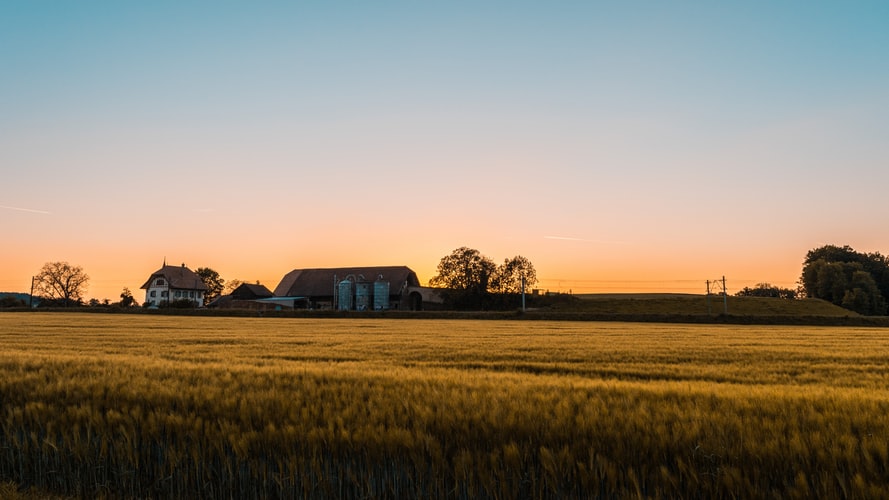
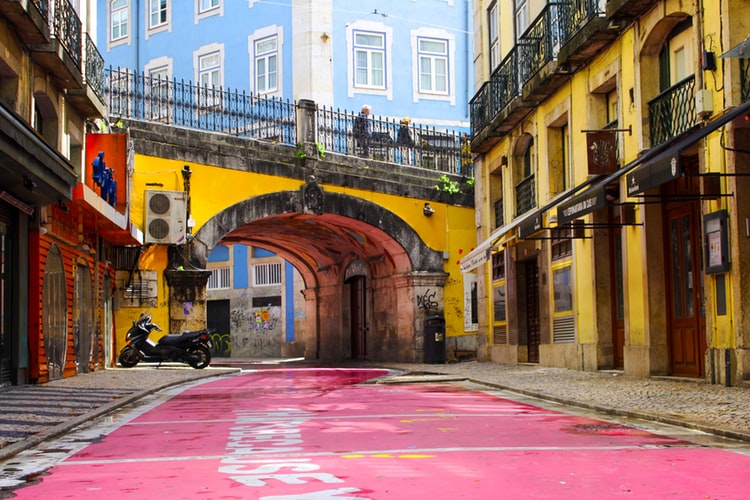
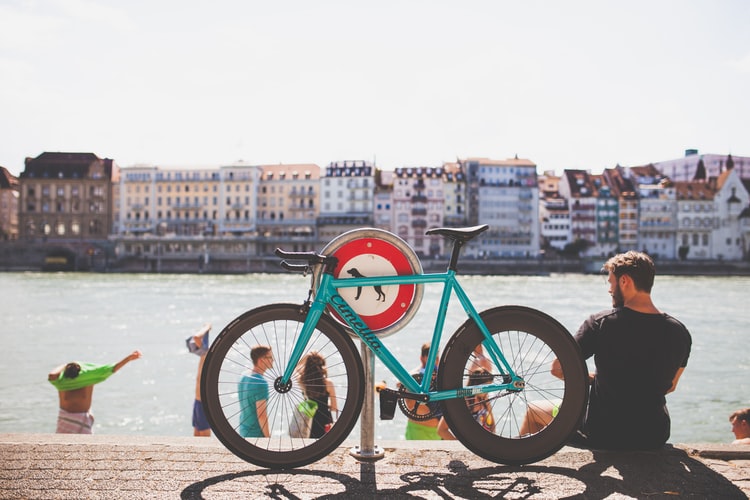
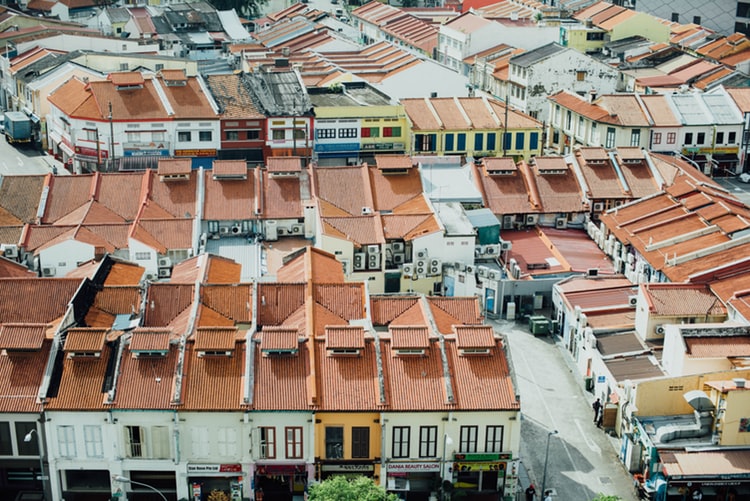
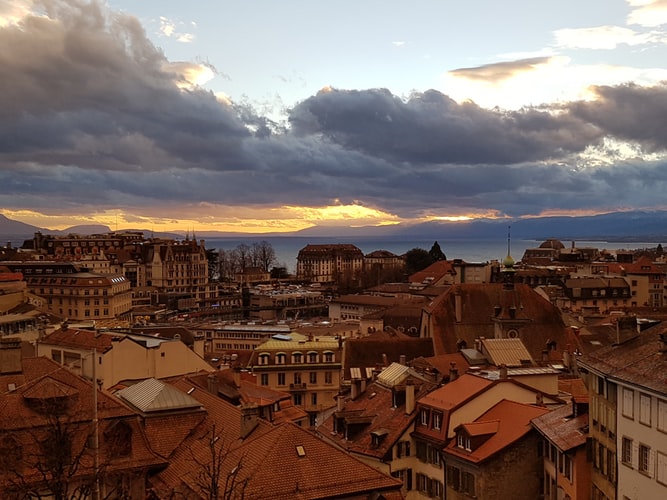
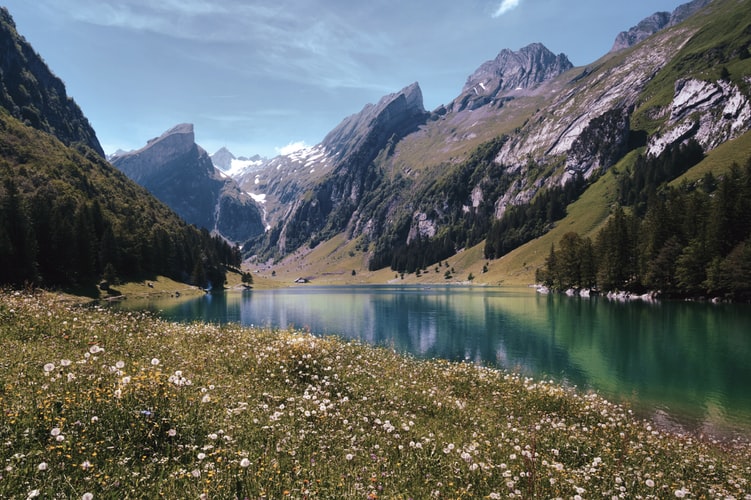
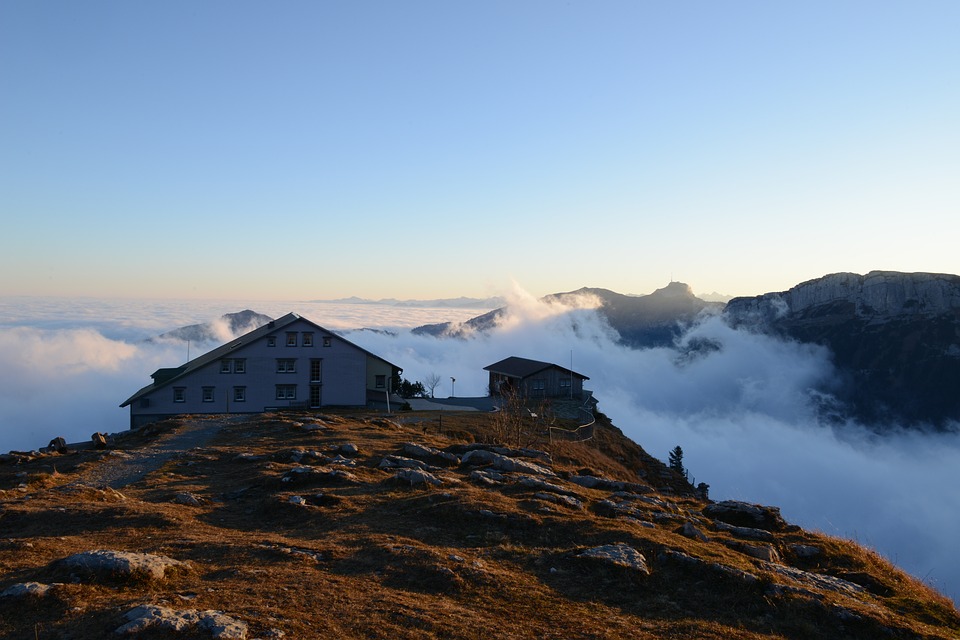
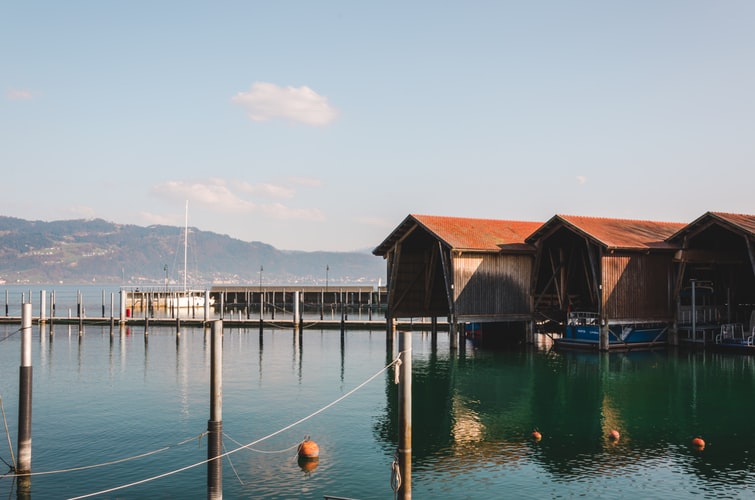
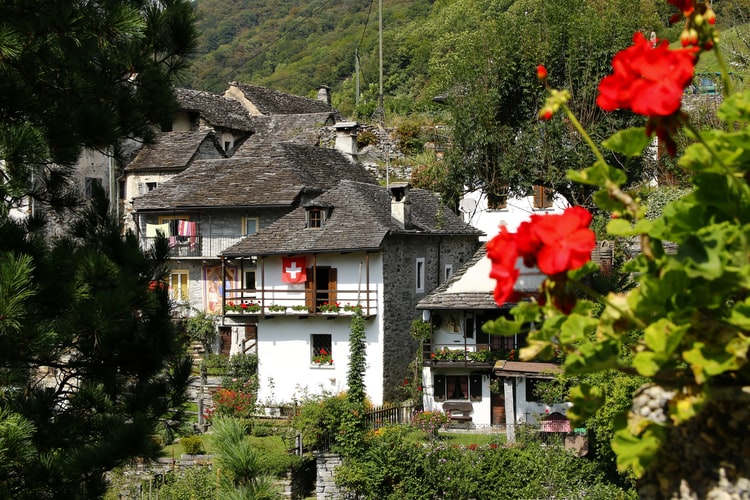
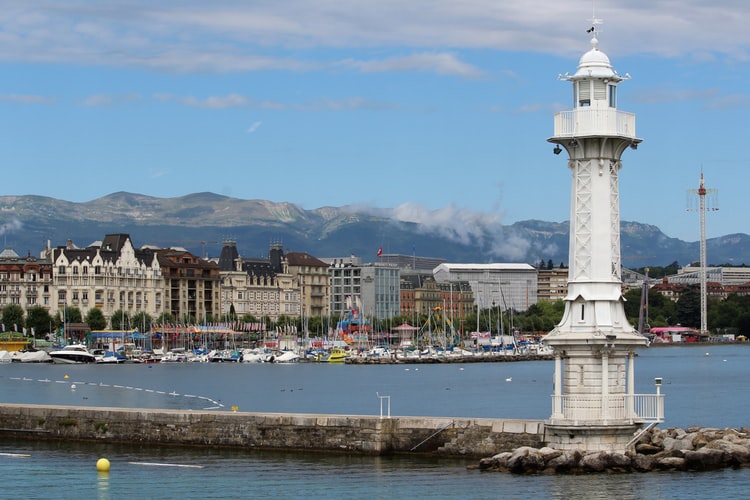
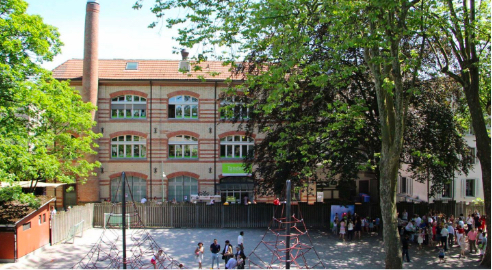
Studyinginswitzerland. You may wish to rethink the image on number eleven. The picture you ar eusing is actually Pensão Amor which is to be found in Lisbon, Portugal
Thanks for taking the time to let us know. We’ll make sure to change it.
Not only that was wrong. In my Aargau, the picture they used was from Hamburg.
Just discovered that the surname BITTEL is abundant in the Canton of VALAIS and has origins recorded in the 1600s, in the Goms valleys and probably much earlier.
It features in the upper reaches of the river Rhone/Rotten! I was in Visp and the Matterhorn region two years ago and didn’t know this then!
My ancestor to Ireland in 1709 was Wilhelm Bittel and I am a 10th. generation since then and would be most interested to trace further as I am the family historian, books, family trees etc. Our surname became BUTTLE on marriage in County Wicklow, Ireland in 1710 and we also have a fellow traveller in Ireland, a well known Switzer family, originally SCHWEITZER! Jonathan Metcalfe.
Lake Geneva’s actual name is Lake Léman. No thanks to northern cartographers of a century long past and lazy researchers. Nice summary over all.